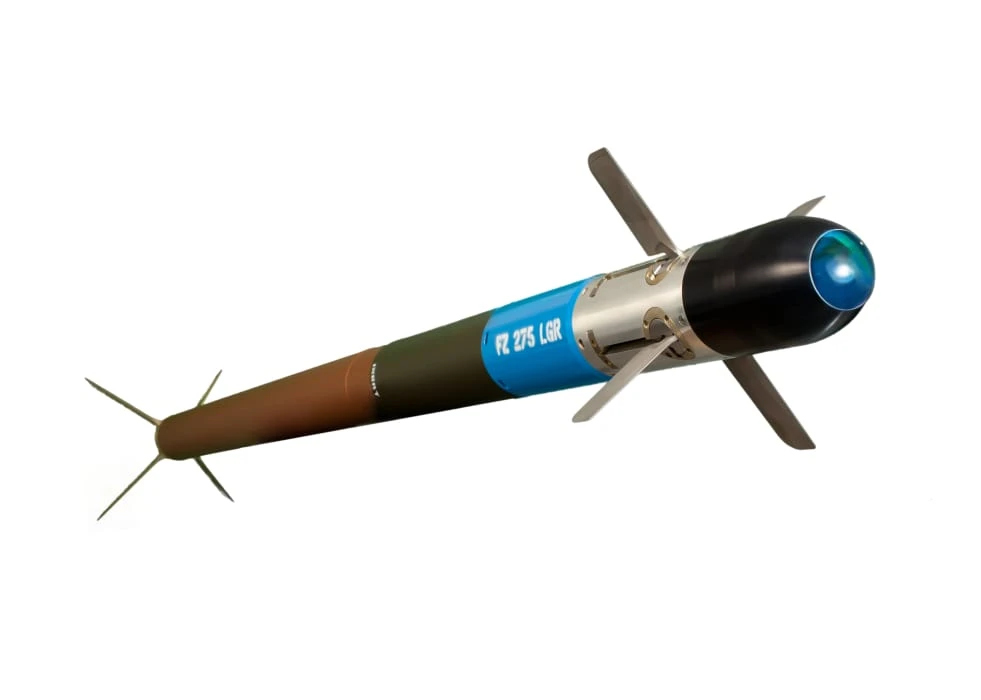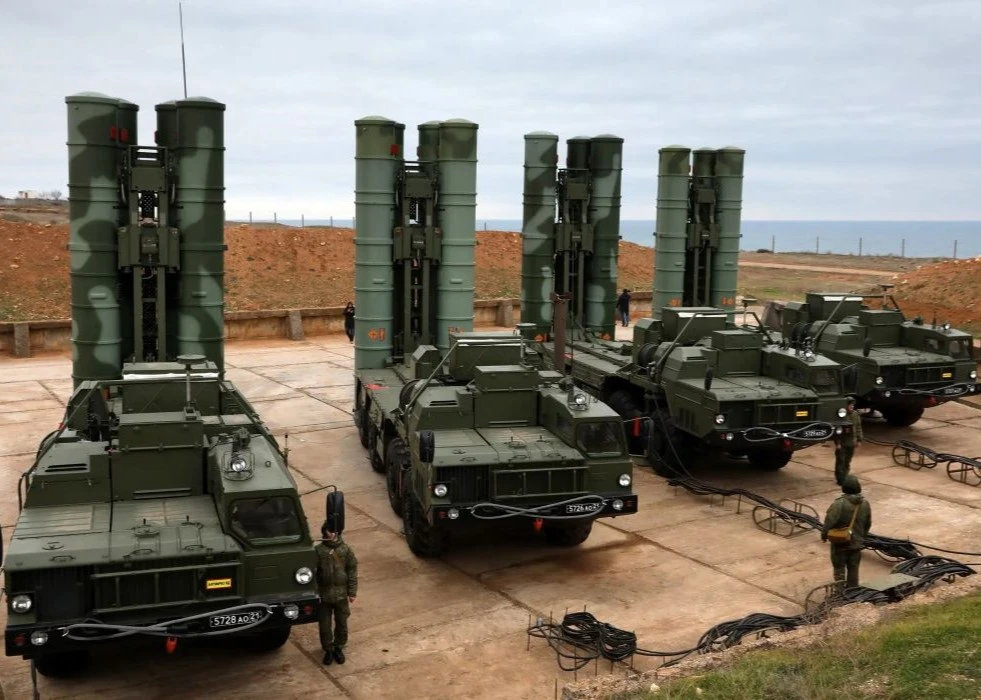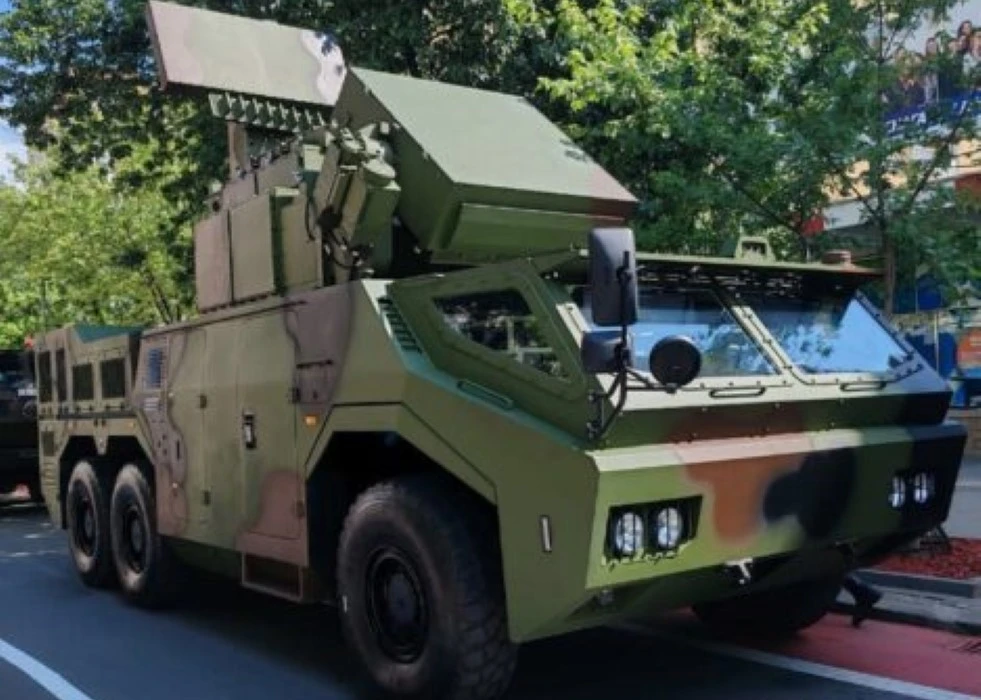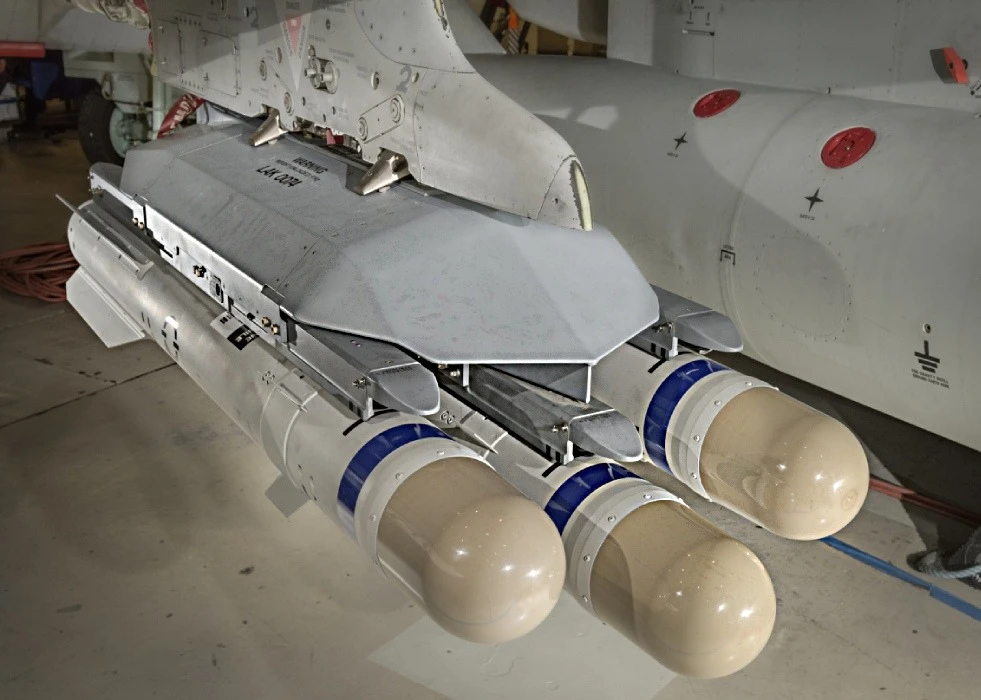The French-German Research Institute of Saint-Louis (ISL), which conducts research, scientific studies and basic predevelopment in the field of defence and security, announced the results of work on electromagnetic railgun as; “Electromagnetic artillery moves into top gear.”
The electromagnetic railgun project for artillery applications is called PILUM (Projectiles for Increased Long-range effects Using Electromagnetic Railgun), and it started in April 2021.
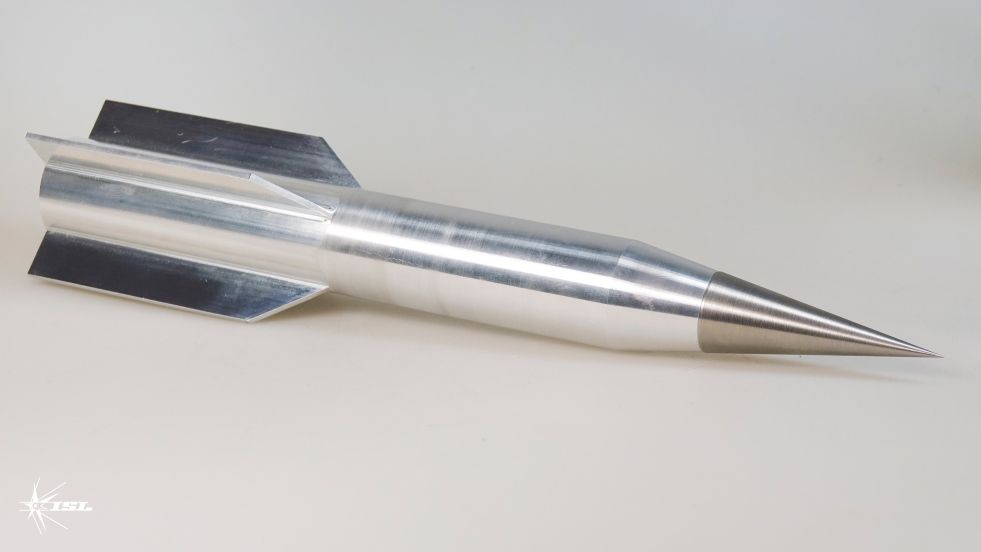
The European Defence Agency (EDA) is primarily responsible for the project, which has a budget of approximately €1.5 million and is looking for proposals on the topic of “Future Disruptive Defence Technologies - Emerging Game-changers,” as well as proposals on the subtopic of “Long-range effects.”
The first results for PILUM were announced on September 28th following a meeting in Brussels. EMRG consists of three components: the railgun, the hypersonic projectile and electric energy storage and conversion. Four countries and seven partners are involved in a feasibility study.
A promising solution for railgun applications is the XRAM inductive energy concept provided by ISL, which can store magnetic energy in a relatively low volume.
The switching technique remains a technological challenge that should be overcome during the maturation phase. This subsequent research project is called THEMA (TecHnology for ElectroMAgnetic Artillery). THEMA is awarded under the European Defence Fund (EDF) call 2022 and is expected to start in Q4/2023. It will focus on solving the current technical challenges on the EMRG subsystem level and aim to increase the maturity of the critical components identified in PILUM.
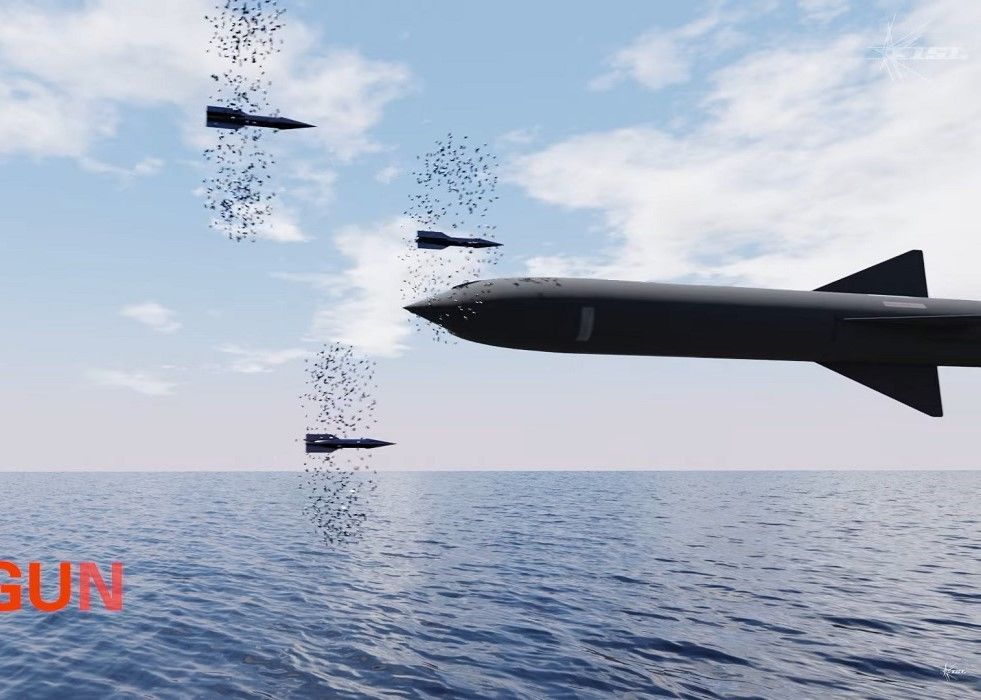 Railguns can accelerate projectiles to muzzle velocities of more than 2000 m/s that can, depending on their design, achieve strike distances in the range of 200 km and beyond. Combining the EMRG with novel hypervelocity projectiles results in the disruptive concept of a future complementary artillery system.
Railguns can accelerate projectiles to muzzle velocities of more than 2000 m/s that can, depending on their design, achieve strike distances in the range of 200 km and beyond. Combining the EMRG with novel hypervelocity projectiles results in the disruptive concept of a future complementary artillery system.
The PILUM study also looked into the installation of EMRG systems on mobile naval platforms or their integration on mobile platforms.
The railgun launcher’s crucial part is creating the wear-resisting materials as they are exposed to high temperatures and high-velocity friction to increase the railgun barrel’s lifetime.
A preliminary concept for hypersonic projectiles was worked out for the velocity range up to MACH 6. Wind tunnel tests, simulations using computational fluid dynamics and open-range, free-flight tests were conducted to evaluate performance at MACH 5.





